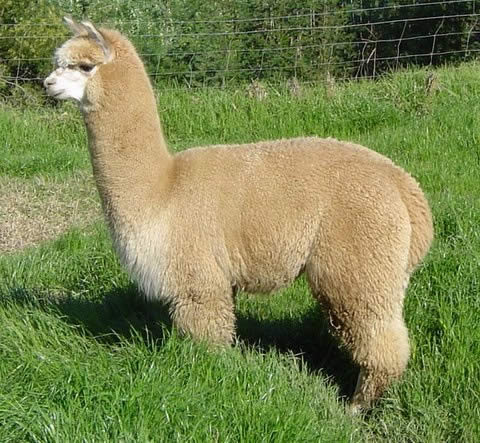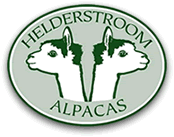Alpaca
Facts
Alpaca Information
Alpaca Fibre Q&A
Why choose Alpaca?
Rare, soft, extremely fine fibres, such as silk or cashmere, are favourites in the luxury market. But alpaca is being rediscovered, and is starting to command the top slot of all. Alpaca epitomises the finest things in life – it is smoother than silk, more comfortable than Egyptian cotton, even more exclusive than cashmere, warmer than goose down, lighter than wool and it ‘breathes’ better than the latest high-tech synthetic sport fibres. On top of that it is paradoxically very hard wearing, keeps its shape and feel, and can quite literally last a lifetime – representing that true value for money that is recognised by upmarket customers.
What makes Alpaca so Earth-Friendly?
Alpaca is an eco-friendly fibre because both the herd animal and the fibre production process have low environmental impact and a very light carbon ‘footprint’. Alpacas have soft, padded feet which literally tread lightly on the earth and do not cause soil erosion. Their efficient digestion produces great natural fertiliser, and they can thrive even on poor pastures. Being members of the camel family they consume less water than sheep or goats. Their fleece is non-allergenic, and does not contain lanolin, thus eliminating the need to clean it with harsh detergents. The fibre comes in 22 beautiful natural colours and represents a renewable resource – a sustainable luxury.
“Sustainable agriculture is a model of social and economic organization based on an equitable and participatory vision of development which recognizes the environment and natural resources as the foundation of economic activity. Agriculture is sustainable when it is ecologically sound, economically viable, socially just, culturally appropriate and based on a holistic scientific approach.” – NGO Sustainable Agriculture Treaty
Why is Alpaca Fibre and Alpaca Clothing so Valuable?
One ounce of high quality alpaca fibre can sell on international markets for over US$8.00 per ounce (R60)! Each Helderstroom alpaca garment is hand produced, from shearing right through to the final design and knitting. That takes time and skill.
Alpaca clothing is superior to wool on every count:
- Better strength, warmth, softness
- Hypoallergenic – Smooth fibre without lanolin removes the prickly feel and allergic reactions, can be worn next to the skin.
- Comes in 22 naturally elegant colours!
- Naturally rain resistant, but warm to wear even when wet
- Washable with lower tendency to shrink
- Better stretch-resistance – your cherished alpaca garment will keep its shape for many years.
- Alpaca fibre is also superior to even the latest synthetic fabrics:
- More comfortable in cold weather
- Better wicking away of body moisture
- Resists odours
- Environmentally friendly and renewable
- We use no chemicals in our production process
- Naturally wind resistant
- Excellent breatheability
- Does not mat or pill
- Fire retardant, will not melt
- Low static
- Crease resistant

Alpaca Facts
Alpacas are members of the camel family, ‘Camelidae’ of which there are six species.
The alpaca is a native of South America, from the Altiplano region of the Andean mountain range.
Alpaca babies are called ‘crias’ and are almost always born singly. Twins are very rare and hardly ever survive, so Helderstroom Alpacas are proud to have produced South Africa’s first set of live twins – both girls!
The gestation of an alpaca is 111/2 months – roughly the same as a horse.
Man has been involved with alpacas for over 9000 years.
Ancient Inca soldiers were paid in alpaca fibre, a fleece of unique quality which, when woven or knitted, produces a highly luxurious and sought after product.
Ancestors of today’s camelids evolved in North America between 9 and 11 million years ago.
There are two breeds of alpaca – the Suri and the Huacaya; fibre from the Suri phenotype is straight, long and without crimp. Fibre from the Huacaya phenotype possesses a wavy and spongy look. This natural ‘crimp’ in the fibre creates a yarn that retains its shape over time, and is therefore perfect for knitted goods.
The alpaca is the most colour-diverse fibre-bearing animal in the world, with 22 natural shades in hues of white, fawn, red, caramel, grey, brown and black.
The fibre of an alpaca might measure between 15 and 40 microns and is partly hollow which accounts for its lightness. Human hair often exceeds 100 microns.
In South Africa alpacas are usually shorn in October/November, before the onset of the hot weather.
Fibre yields in South Africa vary from animal to animal but is often between one and a half kilograms to three or four kilograms annually. In colder climes a higher yield would be achieved.
